Guide to Holy Week: What is it? How can we celebrate it?
- Corey Tate

- Feb 13, 2023
- 5 min read

Holy Week is a significant time of the year for Christians, marking the final week of Jesus Christ’s life on earth before his crucifixion and resurrection.
Throughout history, it has been a time of solemn reflection, fasting, and prayer for Christians around the world. Depending on what church you attend, you may be really familiar with each day of Holy Week. However, the Western church has historically put more emphasis on Good Friday and Easter Sunday and broke away from the tradition of Holy Week and recognizing each day.
Yet in recent years, there seems to be a growing interest and attraction to observing the traditions and liturgies of Holy Week.
Maybe this interest has begun in your church, maybe you’ve actually talked to people about the desire to observe and understand the significance of Holy Week on a deeper level.
In any case, if you’re here looking for ways to observe and celebrate the week leading up to Easter Sunday, below are a few ideas, resources, and visual ideas for churches that would like to take part in experiencing the entirety of Holy Week.
PALM SUNDAY
Starting on the Sunday before Easter, the significance of Palm Sunday lies in its fulfillment of Old Testament prophecies about the coming of the Messiah. In the Gospel of Matthew, it is written that "This took place to fulfill what was spoken through the prophet: 'Say to the daughter of Zion, "See, your king comes to you, gentle and riding on a donkey, on a colt, the foal of a donkey."'"
It commemorates Jesus' triumphant entry into Jerusalem, where he was greeted by crowds of people waving palm branches and shouting "Hosanna!" as he rode in on a donkey.
Ideas for Palm Sunday:
Host a Palm Sunday service: During a Palm Sunday service, you could walk your congregation through the Gospel of Matthew, which details Jesus’ triumphant entry into the city. During the service, you can highlight the symbolism of the palm leaves and help your congregation understand the historical and cultural context of this important event.
Host a virtual or in-person study of Zechariah 9: Delve deeper into the meaning of the prophecy and how it was fulfilled. You and the participants can examine the historical context, symbolism, and significance of the promise in Zechariah 9, which relates to the coming of a king on a donkey, and explore how this prophecy was ultimately fulfilled by Jesus Christ in the New Testament.
Visuals for Palm Sunday:
HOLY MONDAY, TUESDAY & WEDNESDAY
Although it's not traditionally recognized in every church, significant events also happened on Holy Monday through Holy Wednesday. One way to recognize these days is to encourage your congregation to read and meditate on the scripture that recounts the events of each day.
Holy Monday: Jesus clears the Temple.
Matthew 21:12, Mark 11:15-19, Luke 19:45-48, and John 2:13-17
Holy Tuesday: Jesus goes to the Mount of Olives.
Matthew 21:23–24:51, Mark 11:20–13:37, Luke 20:1–21:36, and John 12:20–38
Holy Wednesday: Judas Iscariot plots to betray Jesus.
Matthew 26:12-16, Mark 14:10-12, Luke 22:3-6
MAUNDY THURSDAY
Celebrated on the Thursday before Easter Sunday, Maundy Thursday commemorates the Last Supper, which was the last time Jesus broke bread with his disciples before his crucifixion. It is also when Jesus humbly washed the feet of his disciples and gave them a new commandment to serve and love one another as he has loved them. Knowing one of them would ultimately betray him.
Ideas for Maundy Thursday:
Host a Maundy Thursday night service: Take communion as a congregation and walk through the significance of Jesus washing the feet of his disciples and the new commandment that was given to them to “love one another: just as I have loved you, you also are to love one another" (John 13:34).
Host a Passover Seder: Explore the meanings and symbolism behind the elements, words, and actions of Jesus within the first-century Jewish context. This can be a powerful experience that provides a deeper understanding of the Last Supper and a greater connection with the practice of communion.
Provide a downloadable devotional or Bible study: Create a devotional or Bible study that members can download and use to reflect on the meaning of Maundy Thursday. This could include scripture passages, discussion questions, and prayer prompts that your congregation could use at dinner with their own families.
Visuals for Maundy Thursday:
GOOD FRIDAY
Aside from Easter Sunday, Good Friday is the most well-known day during Holy Week. Good Friday represents the ultimate sacrifice, love, suffering, atonement, and victory through the death and resurrection of Jesus Christ. Christians around the world observe this day and reflect on the significance of Jesus' sacrifice and its profound impact on human history.
Ideas for Good Friday:
Host a Good Friday service: Many churches hold a special service on Good Friday, which may include worship, prayers, and a sermon that focuses on the crucifixion of Jesus Christ. You could also consider having a virtual or live-streamed service for those who cannot attend in person. Check out this article about hosting a Good Friday service online.
Offer a Good Friday fast: Encourage members to fast on Good Friday as a way of commemorating the sacrifice of Jesus. You could provide guidance on how to fast and what to pray for during the fast.
Host or encourage a night of prayer and reflection: This event is designed to create a space for members to connect with God and with each other. It could be a time of prayer, worship, and reading scripture on the 7 sayings of Jesus while he was being crucified.
Visuals for Good Friday:
HOLY SATURDAY
Holy Saturday, also known as the Great Sabbath, is the day between Good Friday and Easter Sunday. It is a time of waiting and reflection, as the Church remembers Jesus' death and burial, and anticipates His resurrection. Holy Saturday reminds us that even in the darkest moments, there is always hope and the promise of new life.
Ideas for Holy Saturday:
Encourage personal reflection: Holy Saturday is a day of waiting and reflection, and one way to recognize the day is to encourage members to take time for personal reflection. This could involve offering a quiet space in the church for members to come and reflect, or providing resources and prompts for personal reflection at home.
Offer an evening vigil: A vigil is a period of intentional waiting and reflection. Members could gather together for a set period of time in the evening to reflect on the significance of the day, pray, and prepare their hearts for Easter Sunday
Provide online resources: Provide resources such as a devotional guide or a journaling prompt on waiting and the hope and faith we have in Jesus. Encourage your congregation to do this at home with their family or in their community or life group.
Visuals for Holy Saturday:
RESURRECTION SUNDAY / EASTER SUNDAY
We’re all pretty familiar with this one. Chances are, this is the most anticipated and busy day for your church and you probably already have a plan in place or you're in the weeds of planning. So we’re not going to add anything extra to your plate for this one. Instead, be sure to read this article we wrote about the 10 questions you should ask when prepping for your Easter services.
Visuals for Resurrection Sunday
Okay, that might seem like a lot.
Depending on what you decide to do, observing every day of Holy Week can be an undertaking.
However, we hope this article provides you with ideas, big and small, and the resources to recognize each day without adding a ton of additional tasks to your and your church staff's to-do list.
If you're not a member of Igniter, we're glad you're here! Browse the site and see what you can get with an Igniter membership and try it free for 30 days.

















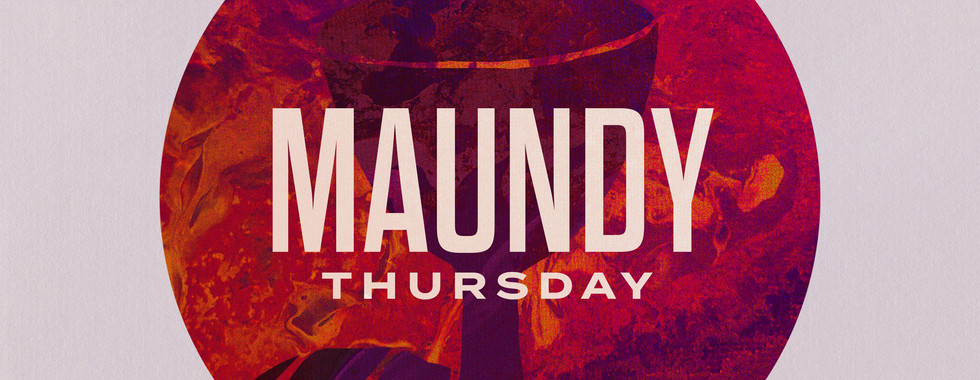





























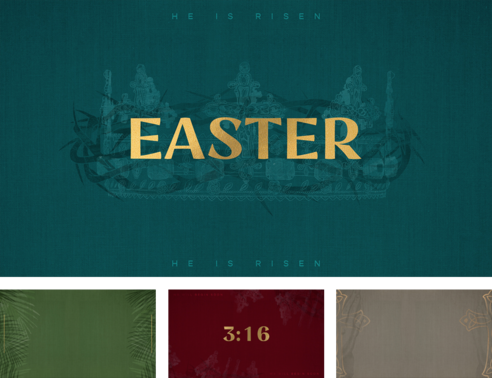

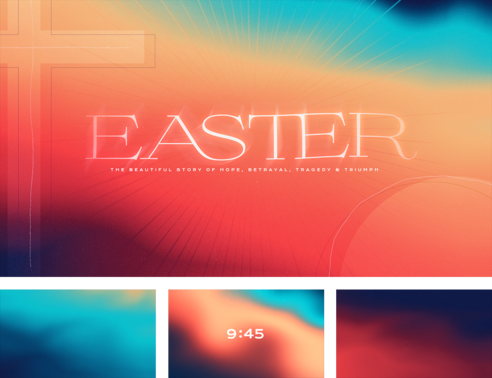

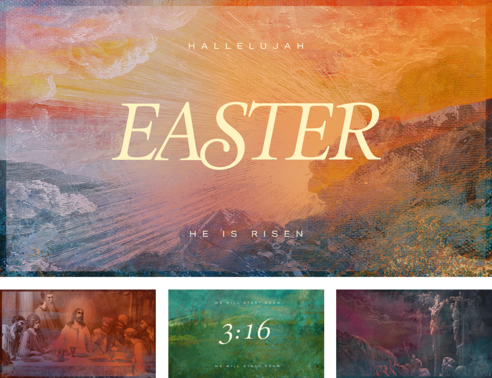

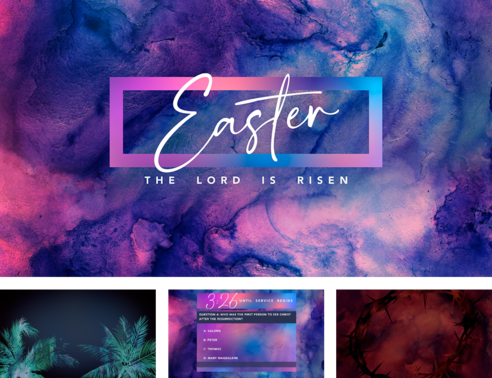

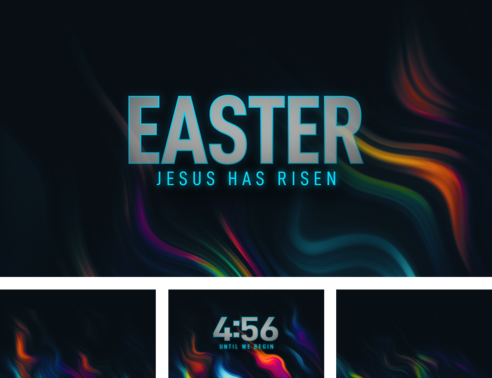

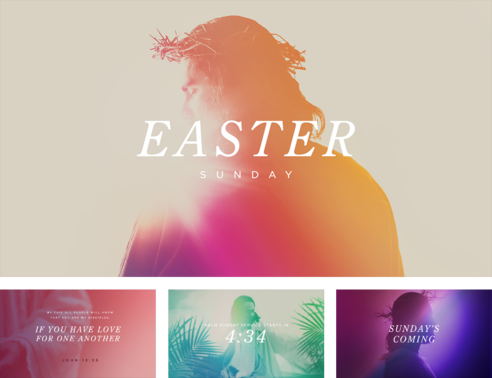

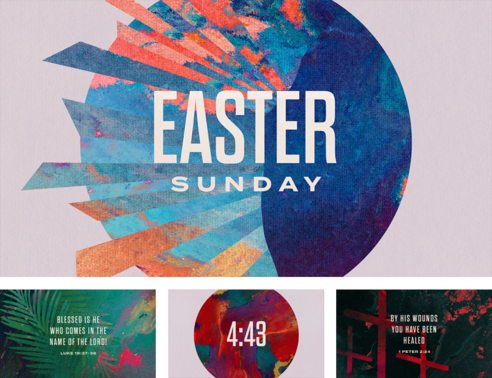






Null’s Brawl gives you every brawler, skin, and gem free. Explore private servers, custom maps, and thrilling matches in this special Brawl Stars edition built for fun.
Yaywin game is one of the most entertaining online games I’ve played lately. The performance is flawless, and the visuals are top-notch. I really enjoy how responsive the platform is — no lags or glitches. It’s definitely a must-try for anyone who loves smooth and thrilling gaming experiences!
This is a helpful guide! I've always focused on Good Friday and Easter, but this makes me want to explore the whole Holy Week more deeply. Maybe I'll even try some of these ideas, especially since I saw someone share a cool royaledle game related to the Bible – that's a neat way to learn too!
One of slice master’s most addictive features is its combo system. Slicing multiple objects in a single motion creates impressive chain reactions and higher points. Players are constantly motivated to find ways to maximize their combos, which adds a layer of strategy to the otherwise simple gameplay.
That makes total sense! Easter services are obviously a huge, high-pressure event, so it's smart not to pile on extra tasks. Thanks for sharing the resource; those 10 questions for prepping sound like exactly what any church team needs right now to ensure they cover all their bases. google baseball